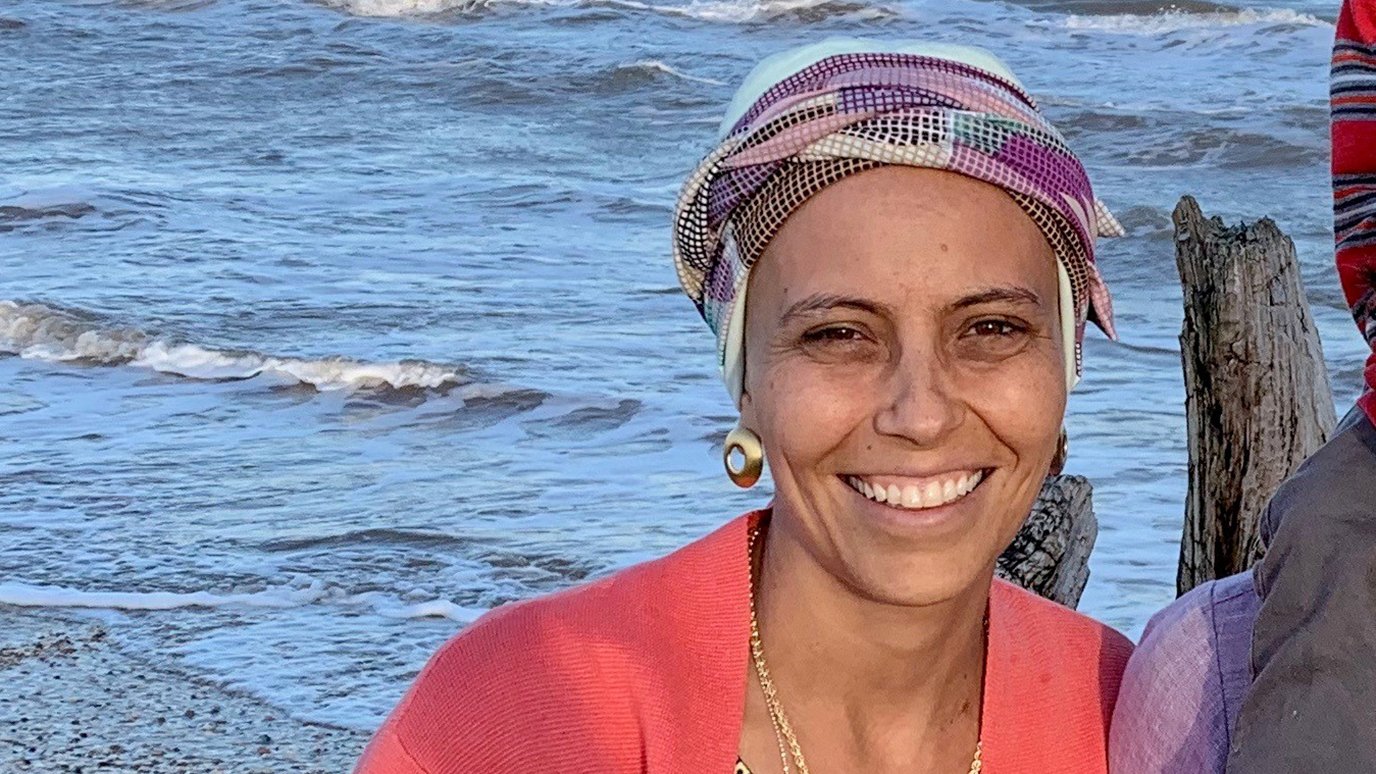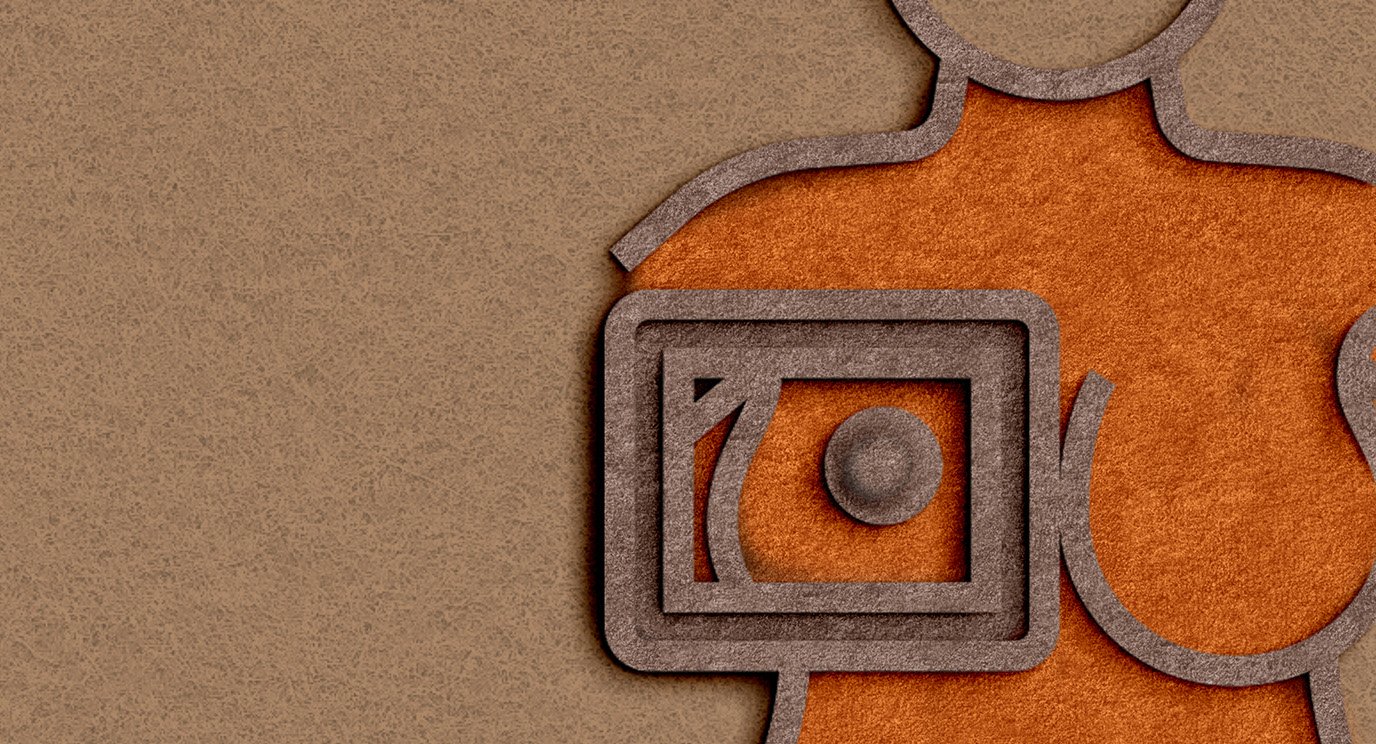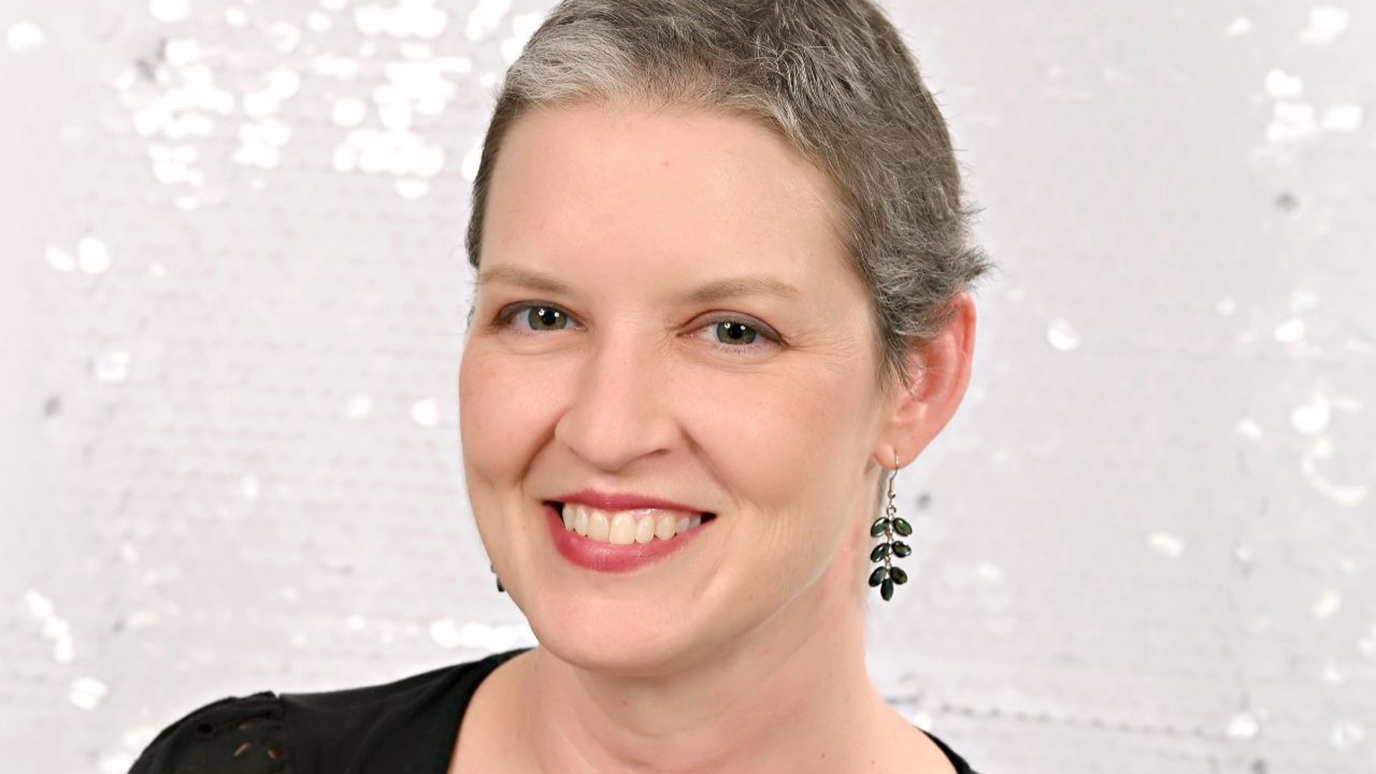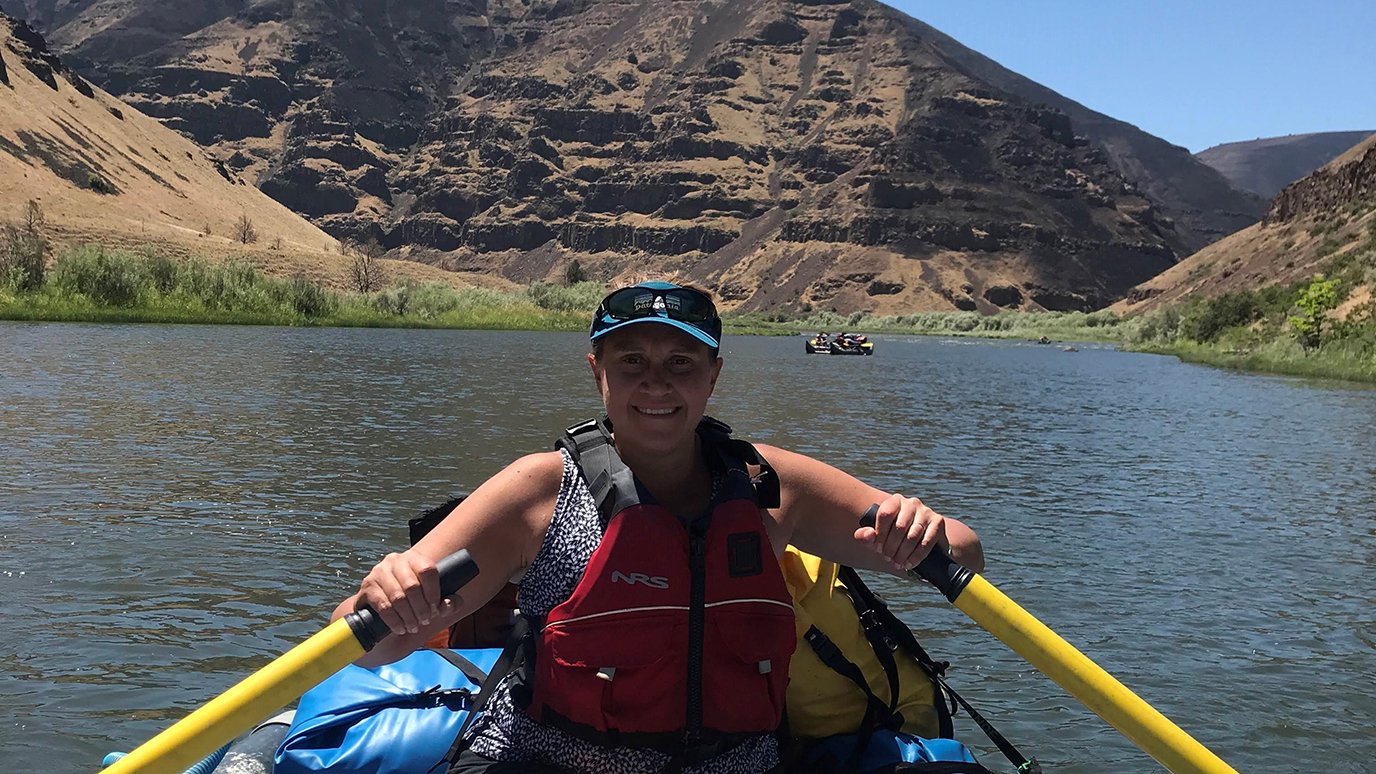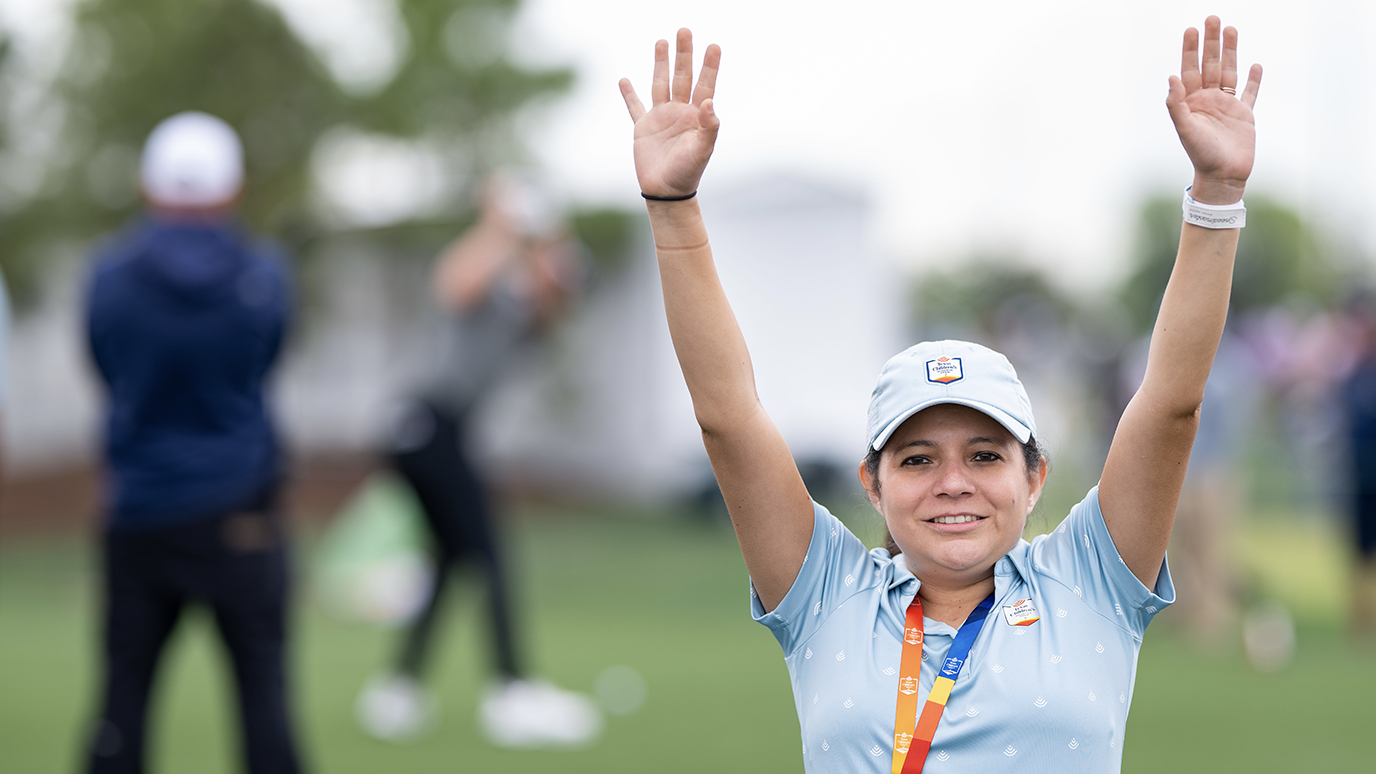- Diseases
- Acoustic Neuroma (14)
- Adrenal Gland Tumor (24)
- Anal Cancer (68)
- Anemia (2)
- Appendix Cancer (16)
- Bile Duct Cancer (26)
- Bladder Cancer (72)
- Brain Metastases (28)
- Brain Tumor (232)
- Breast Cancer (714)
- Breast Implant-Associated Anaplastic Large Cell Lymphoma (2)
- Cancer of Unknown Primary (4)
- Carcinoid Tumor (8)
- Cervical Cancer (158)
- Colon Cancer (166)
- Colorectal Cancer (116)
- Endocrine Tumor (4)
- Esophageal Cancer (44)
- Eye Cancer (36)
- Fallopian Tube Cancer (8)
- Germ Cell Tumor (4)
- Gestational Trophoblastic Disease (2)
- Head and Neck Cancer (12)
- Kidney Cancer (128)
- Leukemia (342)
- Liver Cancer (50)
- Lung Cancer (286)
- Lymphoma (278)
- Mesothelioma (14)
- Metastasis (30)
- Multiple Myeloma (100)
- Myelodysplastic Syndrome (60)
- Myeloproliferative Neoplasm (4)
- Neuroendocrine Tumors (16)
- Oral Cancer (100)
- Ovarian Cancer (172)
- Pancreatic Cancer (160)
- Parathyroid Disease (2)
- Penile Cancer (14)
- Pituitary Tumor (6)
- Prostate Cancer (146)
- Rectal Cancer (58)
- Renal Medullary Carcinoma (6)
- Salivary Gland Cancer (14)
- Sarcoma (238)
- Skin Cancer (296)
- Skull Base Tumors (56)
- Spinal Tumor (12)
- Stomach Cancer (64)
- Testicular Cancer (28)
- Throat Cancer (92)
- Thymoma (6)
- Thyroid Cancer (96)
- Tonsil Cancer (30)
- Uterine Cancer (80)
- Vaginal Cancer (16)
- Vulvar Cancer (20)
- Cancer Topic
- Adolescent and Young Adult Cancer Issues (20)
- Advance Care Planning (10)
- Biostatistics (2)
- Blood Donation (18)
- Bone Health (8)
- COVID-19 (362)
- Cancer Recurrence (120)
- Childhood Cancer Issues (120)
- Clinical Trials (630)
- Complementary Integrative Medicine (22)
- Cytogenetics (2)
- DNA Methylation (4)
- Diagnosis (232)
- Epigenetics (6)
- Fertility (62)
- Follow-up Guidelines (2)
- Health Disparities (14)
- Hereditary Cancer Syndromes (126)
- Immunology (18)
- Li-Fraumeni Syndrome (8)
- Mental Health (116)
- Molecular Diagnostics (8)
- Pain Management (62)
- Palliative Care (8)
- Pathology (10)
- Physical Therapy (18)
- Pregnancy (18)
- Prevention (914)
- Research (392)
- Second Opinion (74)
- Sexuality (16)
- Side Effects (604)
- Sleep Disorders (10)
- Stem Cell Transplantation Cellular Therapy (216)
- Support (402)
- Survivorship (320)
- Symptoms (182)
- Treatment (1786)
Young adult breast cancer survivor: Why I joined a clinical trial at MD Anderson
3 minute read | Published October 25, 2024
Medically Reviewed | Last reviewed by Clinton Yam, M.D., on October 25, 2024
When I was diagnosed with stage III triple-negative breast cancer in May 2023, I was pretty scared. I had just turned 32, and I didn’t know yet that there were different kinds of breast cancer and many different treatment options available. I felt so blindsided by my diagnosis that it took me a few weeks to grasp it fully.
Once I did, though, I knew I wanted to go to MD Anderson. It’s been ranked the No. 1 cancer hospital in the country for years, and it’s only about a two-hour drive from my home in central Texas.
I’m so glad now that I made that decision. I’ve been cancer-free since February 2024, thanks to the TOPAz clinical trial I joined there. It also cut the number of surgeries I needed in half.
Why I chose a clinical trial for my triple-negative breast cancer treatment
I was surprised to be offered a clinical trial so quickly. My medical oncologist, Dr. Clinton Yam, brought it up almost immediately.
Like a lot of people, I thought that clinical trials were something you did only when you ran out of other options. Why would I want to consider something new when the tried-and-true treatments were still available?
But after talking it over with Dr. Yam, I changed my mind. He laid everything out in such a logical, easy-to-follow way. He explained that I’d be getting the same recommended treatments, just in a different order. The goal was to make my breast cancer treatment both shorter and easier.
How my treatment plan differed from the conventional one
Normally, a patient in my situation would have chemotherapy followed by a mastectomy, then radiation therapy and breast reconstruction six months later. That would mean either being flat-chested for six months or needing spacers to prepare my body for permanent implants.
With the TOPAZ trial, though, I’d start with chemotherapy. That would be followed by radiation therapy and then a double mastectomy, with immediate reconstruction. So, instead of having two major surgeries six months apart, I’d only need one really long surgery. And at the end of it, I’d come out with new breasts.
I’d heard from friends that spacers could be painful, and I didn’t want to be flat-chested for that long. This clinical trial would spare me all of those middle steps. It sounded great.
My triple-negative breast cancer treatment
I started eight rounds of chemotherapy under Dr. Yam’s supervision in July of last year. I finished in December 2023. Then, I had 20 rounds of radiation therapy under radiation oncologist Dr. Benjamin Smith. I completed those in February 2024.
Surgical oncologist Dr. Abigail Caudle performed my double mastectomy on Feb. 29, 2024. And plastic surgeon Dr. Mark Schaverien performed a DIEP flap reconstruction immediately afterward.
Why I tell people to consider clinical trials
My recovery from breast cancer treatment has been pretty smooth. I’m doing really well today. I’m back to teaching and feel normal. I don’t have any lingering side effects.
I can’t even tell you how excited and happy it makes me feel to know that my doctors will use what they’ve learned from me to do even better for future breast cancer patients.
It was exciting to be a part of something new. And I love that these clinical trials are opening up new possibilities for people: whether it’s making their breast cancer treatment easier or allowing them the option of immediate reconstruction.
That’s why I tell everyone to go to MD Anderson now if they have cancer. And, if they’re offered a clinical trial, I tell them to weigh the pros and cons and decide what outcome is most important to them. If a clinical trial can help them accomplish it, then I say, “Go for it!”
Request an appointment at MD Anderson online or call 1-844-478-0752.
Related Cancerwise Stories
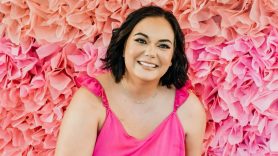
It was exciting to be a part of something new.
Elisabeth Ponder
Survivor

